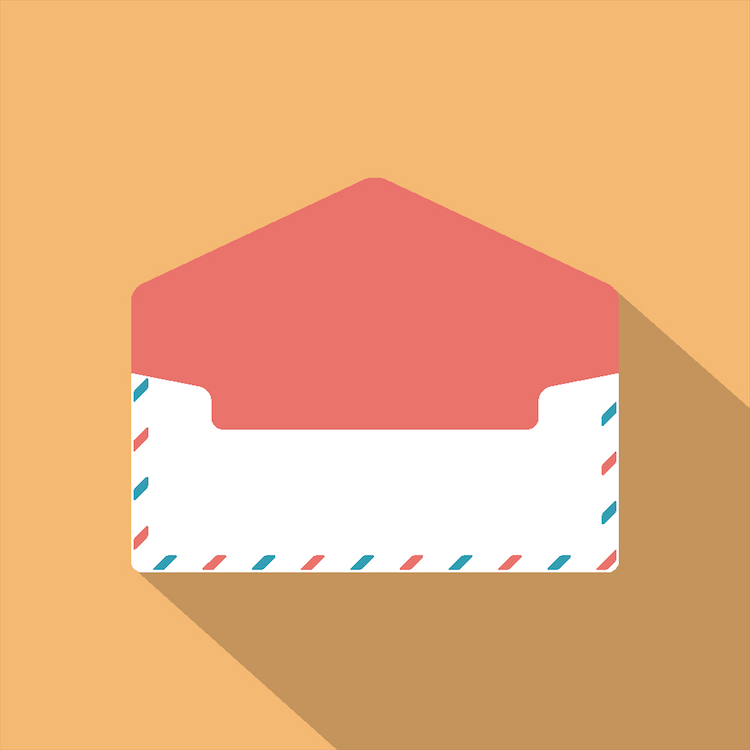 Figuring out email hacks to help increase open rates has turned into an art form over the years. No matter how strong your relationship is with the recipient, every time you send an email, you’re fighting for precious inbox attention. In order to give your message the highest chance of being seen, there are a number of hacks you can use to give your emails a competitive edge.
Figuring out email hacks to help increase open rates has turned into an art form over the years. No matter how strong your relationship is with the recipient, every time you send an email, you’re fighting for precious inbox attention. In order to give your message the highest chance of being seen, there are a number of hacks you can use to give your emails a competitive edge.
Truth be told, you could write the world’s greatest email and there’s a high chance that someone might not give it the time of day. In fact you have only 3–4 seconds; that’s how long it takes for the average person to decide whether or not to open an email. That’s why it’s so critical that you understand how email deliverability works and the importance of establishing strong inbox credibility. Knowing the basics will help you get your foot in the door (or inbox), and using the right combination of hacks will make you unstoppable!
Here are 9 simple hacks to get people to open your emails.
Hack #1: Switch Your “From” Name
 Look at any message in your inbox and you’ll see three things: sender name, subject line and message preview. That’s not a whole lot to work with, so you need to make every character count.
Look at any message in your inbox and you’ll see three things: sender name, subject line and message preview. That’s not a whole lot to work with, so you need to make every character count.
When you send emails to your past clients and potential customers, what do they look like when they get there? Are they coming from your company name or your own name? Hubspot discovered that emails coming from a person have both a higher open rate and click-through rate compared to emails sent from the company name.
Hack #2: Get Personal
 Personalizing email subject lines with the recipient’s name is old news, but there’s a reason it’s so common: it truly does work. Marketing Sherpa did a case study in which they A/B tested 7 different email campaigns. For example:
Personalizing email subject lines with the recipient’s name is old news, but there’s a reason it’s so common: it truly does work. Marketing Sherpa did a case study in which they A/B tested 7 different email campaigns. For example:
Email A: 6 Steps to Building Long-Lasting Client Relationships
Email B: [First Name], 6 Steps to Building Long-Lasting Client Relationships
The results were impressive. Email B, the one with the personalized email subject lines, had 17.36% higher average click-through rates on all 7 of the A/B tests they did.
Hack #3: Know Your Length Limits
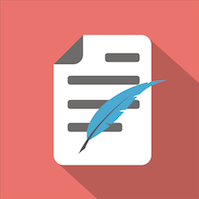 50 characters (or fewer) is the general rule of thumb for subject line length. While you can, of course, use more, 50 has been proven to be the sweet spot for character count.
50 characters (or fewer) is the general rule of thumb for subject line length. While you can, of course, use more, 50 has been proven to be the sweet spot for character count.
Another thing to keep in mind is that the emails you send will be seen in a variety of formats, including desktop, mobile and any number of email providers/clients. Just be aware that a lot of mobile email tools cut off subject lines at 25 characters, so make them count!
Still not convinced? Just know this: 66% of all emails are now opened on mobile devices. It’s crucial that you know how to craft the perfect email subject line for every context.
Hack #4: Stop Using 4-Letter Words
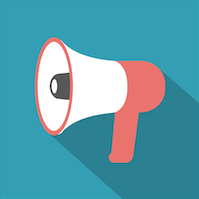 The “4-letter word” equivalents in the world of email marketing are words like free, help, percent off and reminder. Other no-no words include cash, quote and save. Using these words in your subject line can easily trigger a spam filter, which means your email will end up in junk mail folders instead of inboxes.
The “4-letter word” equivalents in the world of email marketing are words like free, help, percent off and reminder. Other no-no words include cash, quote and save. Using these words in your subject line can easily trigger a spam filter, which means your email will end up in junk mail folders instead of inboxes.
But if you’re a risk taker, Hubspot has been doing some work recently that suggests that SPAM filters might be more contextually aware than they used to be. In one of their tests, they tried a subject line with “free” as the first word. They had the email come from a person and reported not seeing any deliverability issues. They conclude that you should “be wary of spam trigger words. Don’t avoid them completely, but use them in a way that is non-spammy.”
Hack #5: Preheader Tweaks
 When you see an email in your inbox, the subject line and accompanying text that fill up that line are known as the preheader. The actual length varies by email client, but as an example, Gmail gives you 100 characters to work with. In other words, if your subject line is particularly long, you can forget about any preview text from the email showing up.
When you see an email in your inbox, the subject line and accompanying text that fill up that line are known as the preheader. The actual length varies by email client, but as an example, Gmail gives you 100 characters to work with. In other words, if your subject line is particularly long, you can forget about any preview text from the email showing up.
To use this to your advantage, first, make sure that you’re keeping your subject line at 50 characters maximum. This gives you 50 characters to make a compelling case for the viewer to open your email. Make sure the subject line flows logically into the first lines of the email, too. You want everything to tell a story and prompt your reader to want to know more. Use calls to action to help trigger this response.
[wpx_bannerize random=”1″ numbers=”1″ category=”generic_bottom_ads”]
Hack #6: Forget About the “Best Days/Times” to Send Emails
 There’s really no such thing as the “best” time to send emails. If that were the case, everyone in the world would use that day and time and, in turn, cause that magical combination to become the worst time to send emails.
There’s really no such thing as the “best” time to send emails. If that were the case, everyone in the world would use that day and time and, in turn, cause that magical combination to become the worst time to send emails.
The hack here is to find industry trends and use that information as a good starting point to begin experimenting. I found this collection of studies on the best times to send email, and while they all have differing results, there were a few consistent trends. Email open rates drop off on the weekends; emails sent Tuesday through Thursday will get the best open rates (but will also compete with the highest volume of emails sent); and early morning/late night sends have some interesting levels of engagement.
But my favorite quote for this hack comes from a guy named DJ Waldow:
“I’ve read a lot of ‘research’ on the best day/time to send. Some people never send on Sunday because nobody checks email on the weekend. I know several people who have found a ton of success sending on Sunday. I’ve also heard Wednesday mid-morning is the best time. Here’s the deal. Your audience is not my audience. You have to test to find the optimal day and time for YOUR audience.”
The only way to find the ideal send time for your audience is to test a variety of day/time combinations until you find a winner.
Hack #7: Make a Long-Term Content Investment
 You’ve enticed someone to open your email. You’ve grabbed their attention (temporarily) and you simply cannot afford to blow it. Did you know that bad content is a top reason why people unsubscribe from emails? 25%, in fact. Just because you can get them in the door doesn’t mean you’ll be able to get them to stay. Your content has to be worth their time and not a bait and switch.
You’ve enticed someone to open your email. You’ve grabbed their attention (temporarily) and you simply cannot afford to blow it. Did you know that bad content is a top reason why people unsubscribe from emails? 25%, in fact. Just because you can get them in the door doesn’t mean you’ll be able to get them to stay. Your content has to be worth their time and not a bait and switch.
Good content isn’t a bad thing to invest in. On the surface, the business benefits lead to brand loyalty and increased referral business. And from the standpoint of hacking your emails, the more often people open your emails, the higher they’ll rank in that person’s inbox. This is what’s known as your Inbox Credibility.
Hack #8: Be Negative
 Why do you think tabloid magazines do so well? Or why it’s so easy to get sucked into Buzzfeed or news outlets for hours, almost by accident? It’s because they are the kings of controversy. Don’t be afraid to get a little negative with your preheader text.
Why do you think tabloid magazines do so well? Or why it’s so easy to get sucked into Buzzfeed or news outlets for hours, almost by accident? It’s because they are the kings of controversy. Don’t be afraid to get a little negative with your preheader text.
For example, I sent this email to a group of our newsletter subscribers and tried two different subject lines. Guess which one had the higher open rate?
Version A: 5 Content Marketing Tips to Help Your Business
Version B: 5 Content Marketing Mistakes (and Why They Hurt Your Business)
Both subject lines led readers to the same post, but version B, the one that had a little bit of negativity, was the clear winner.
Hack #9: Numbered Lists
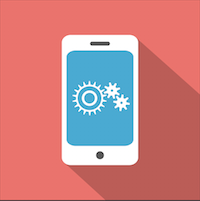 For starters, you’ve made it this far. Clearly, promoting a blog post with a numbered list caught your attention. Why? Because you knew from the start that you could easily skim the headers and quickly consume the content in a few seconds. But the ones that caught your eye kept you reading the page longer and thus helped me achieve my desired outcome: your attention.
For starters, you’ve made it this far. Clearly, promoting a blog post with a numbered list caught your attention. Why? Because you knew from the start that you could easily skim the headers and quickly consume the content in a few seconds. But the ones that caught your eye kept you reading the page longer and thus helped me achieve my desired outcome: your attention.
This is not by accident. All of our brains function this way. We’re wired to like classification systems, things that are organized like stories, and knowing the quantified length of something before we begin reading.
The New Yorker described this best, saying, “In the current media environment, a list is perfectly designed for our brain. We are drawn to it intuitively, we process it more efficiently and we retain it with little effort.”
Bringing It All Together
While I don’t suggest you attempt to mash all 9 of these email hacks into one big experiment, I do suggest that you start testing what you’ve learned. First and foremost, make sure that your email content is locked down. If you’re not getting people to read your emails, then there’s no point in sending. After that, give some thought to when you send your emails and build out a schedule to test various days and times. And lastly, when you’re crafting your preheader text, always keep a 100-character count in mind and spread that evenly across the subject line and the first line of email copy.
At the end of the day though, these hacks are all taking advantage of how the human brain works. And while that might be enough to capture your reader’s attention in 3–4 seconds, you are still a human and they are too. Your emails need to maintain that human quality of a personal email that can be felt by both the sender and recipient. Be genuine.
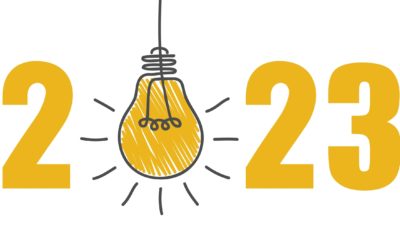
![Better Email Etiquette Equals Better Marketing Results [16 Rules]](https://www.outboundengine.com/wp-content/uploads/shutterstock_411184843-1-400x250.jpg)

